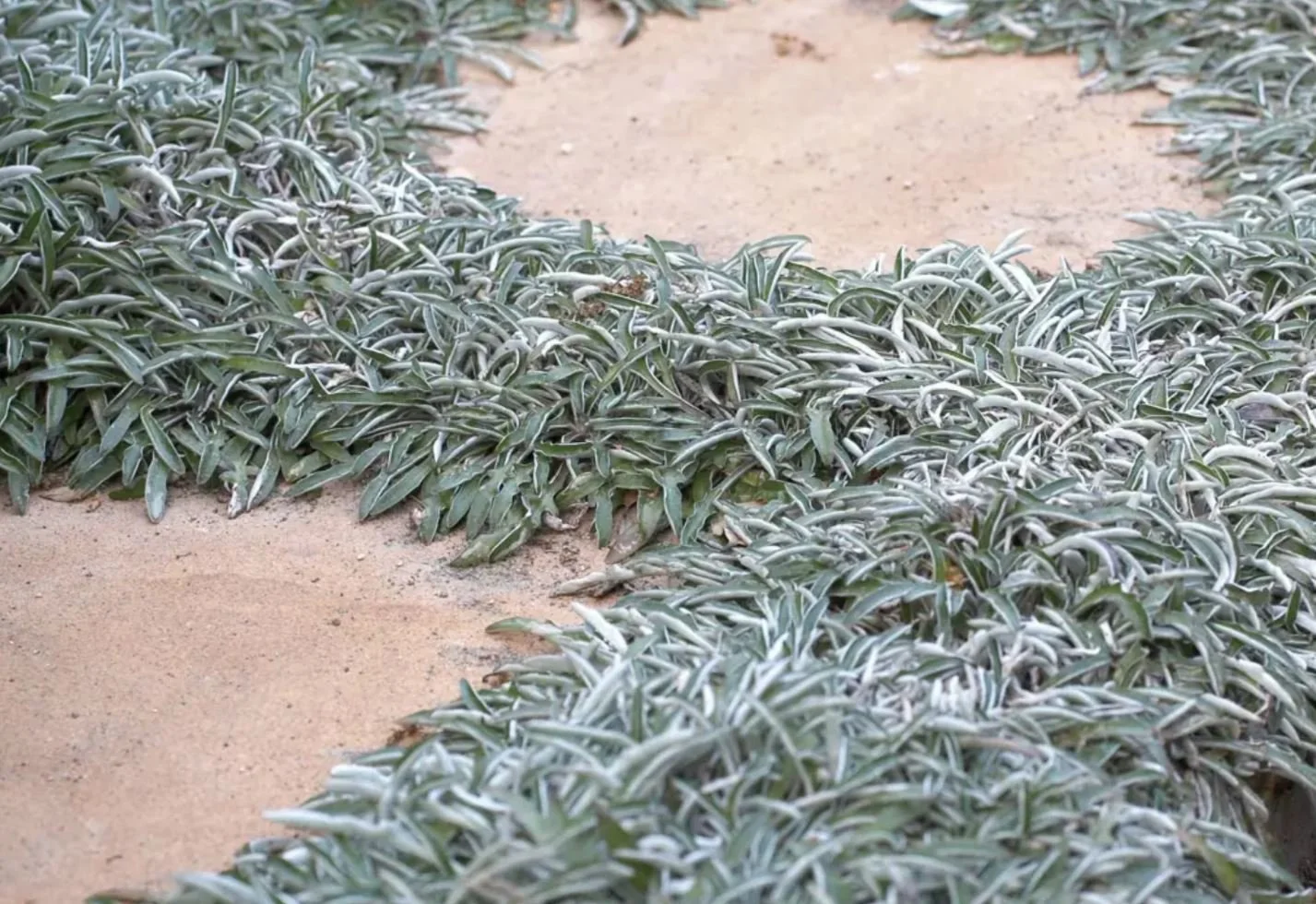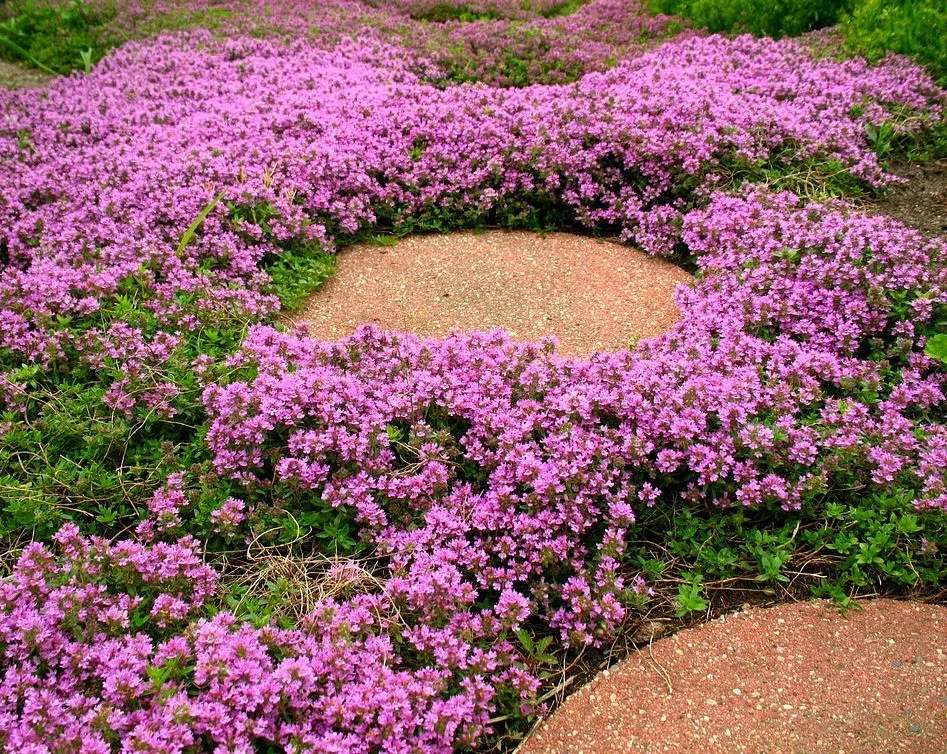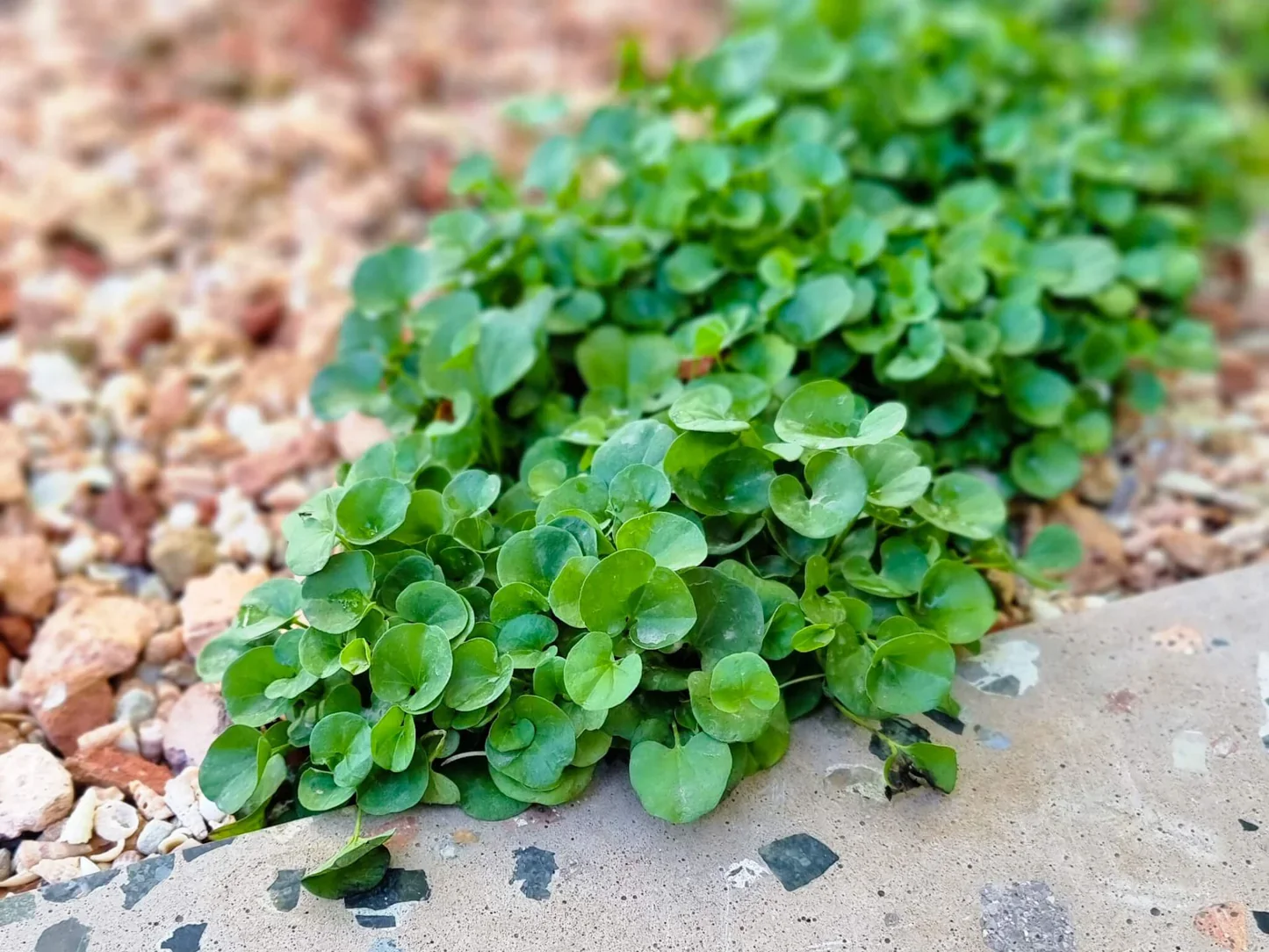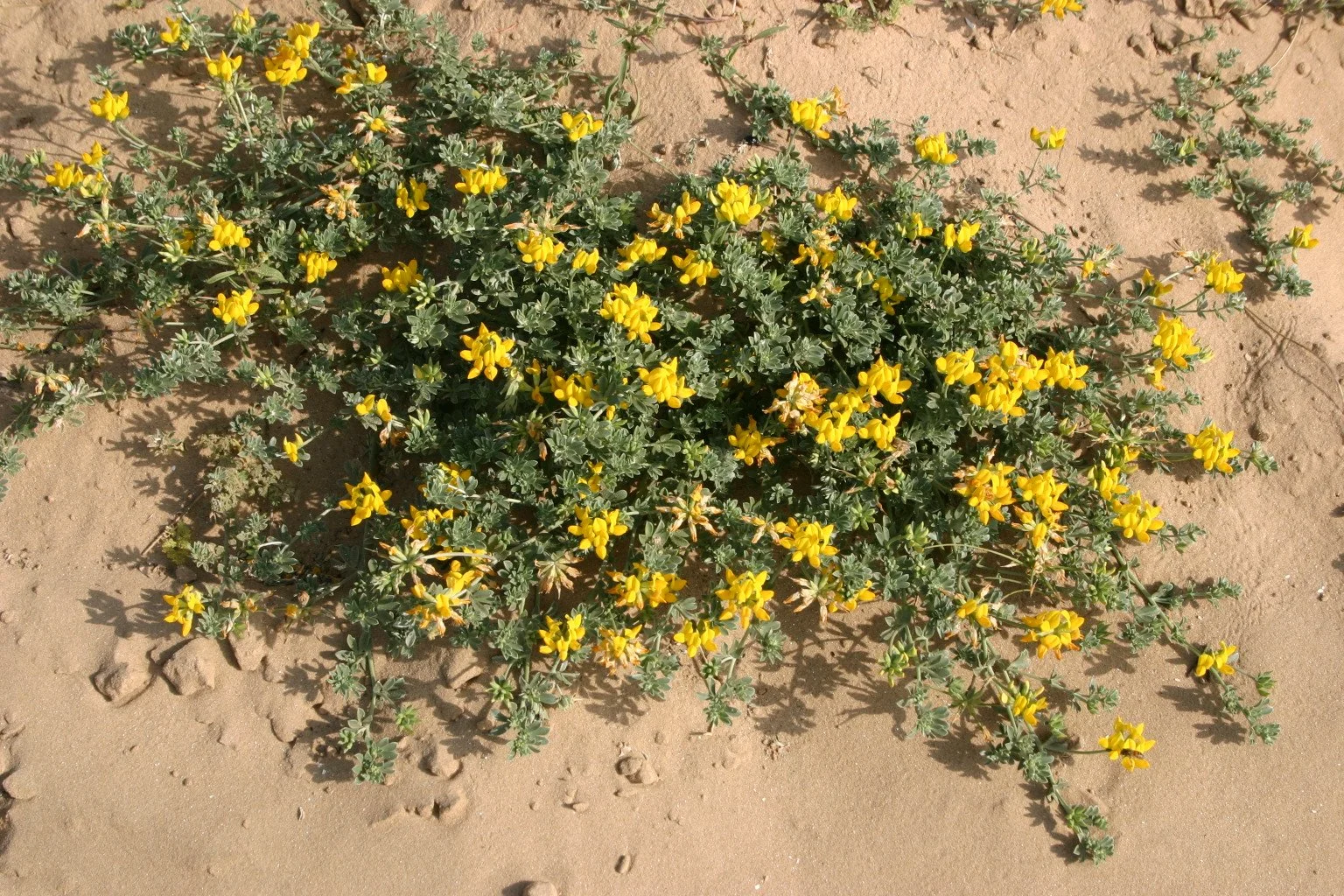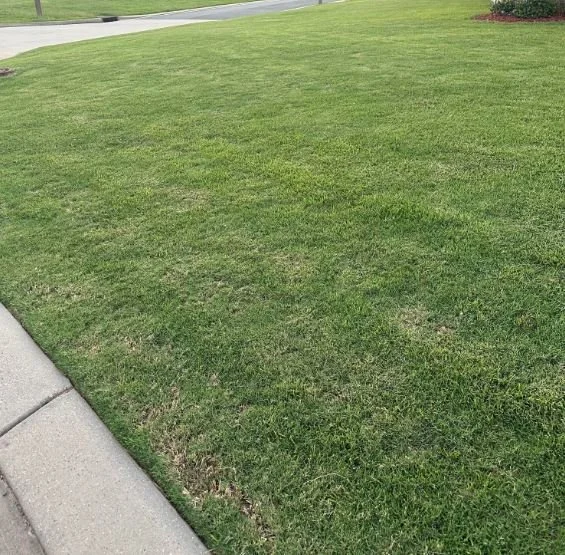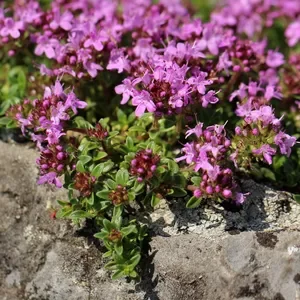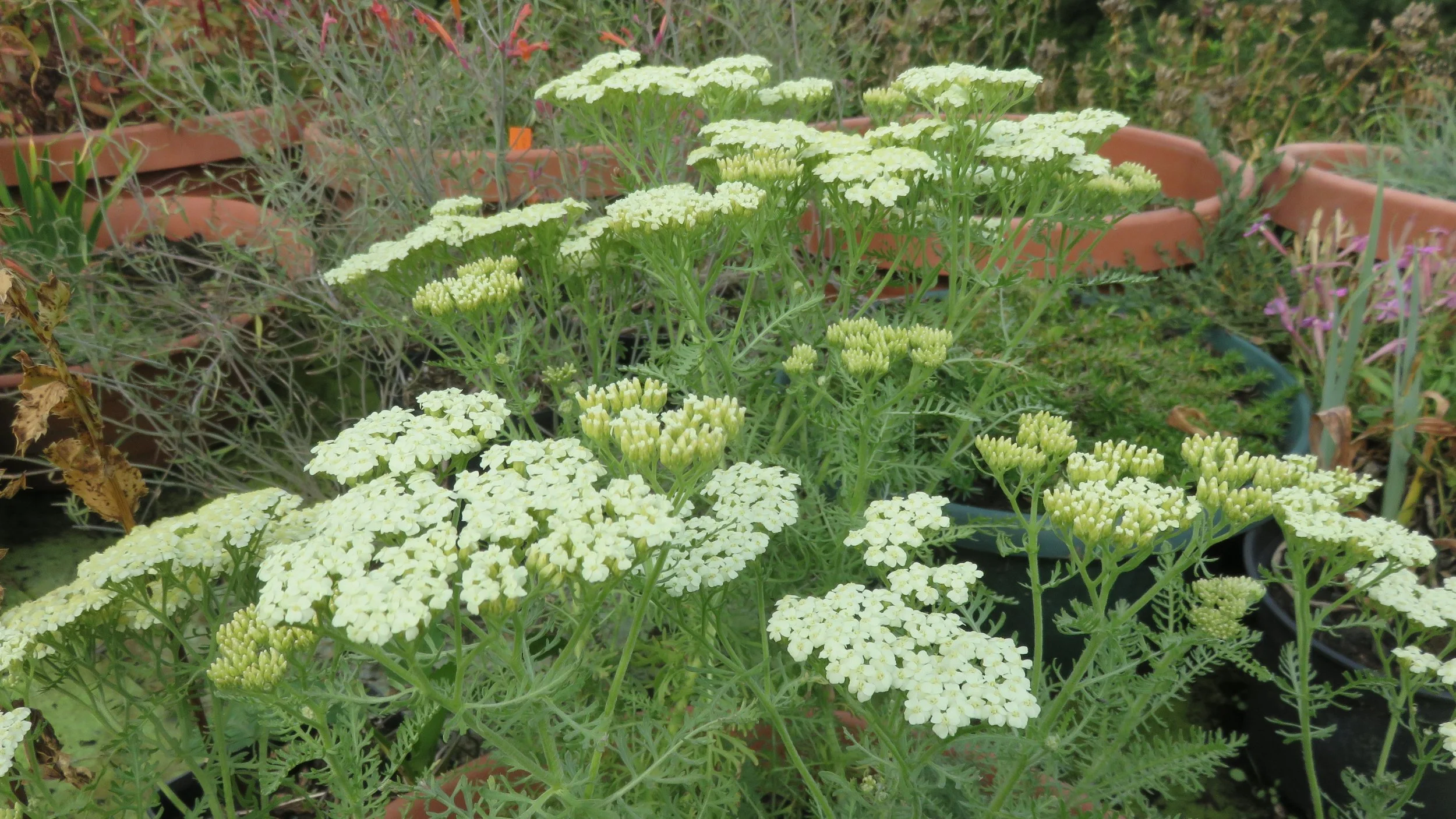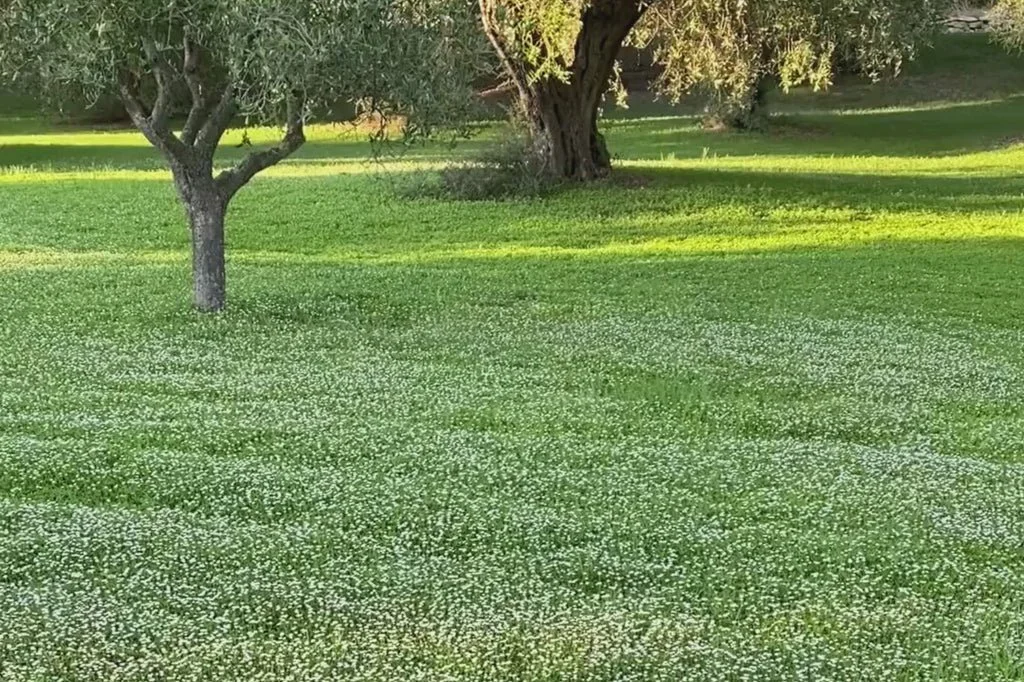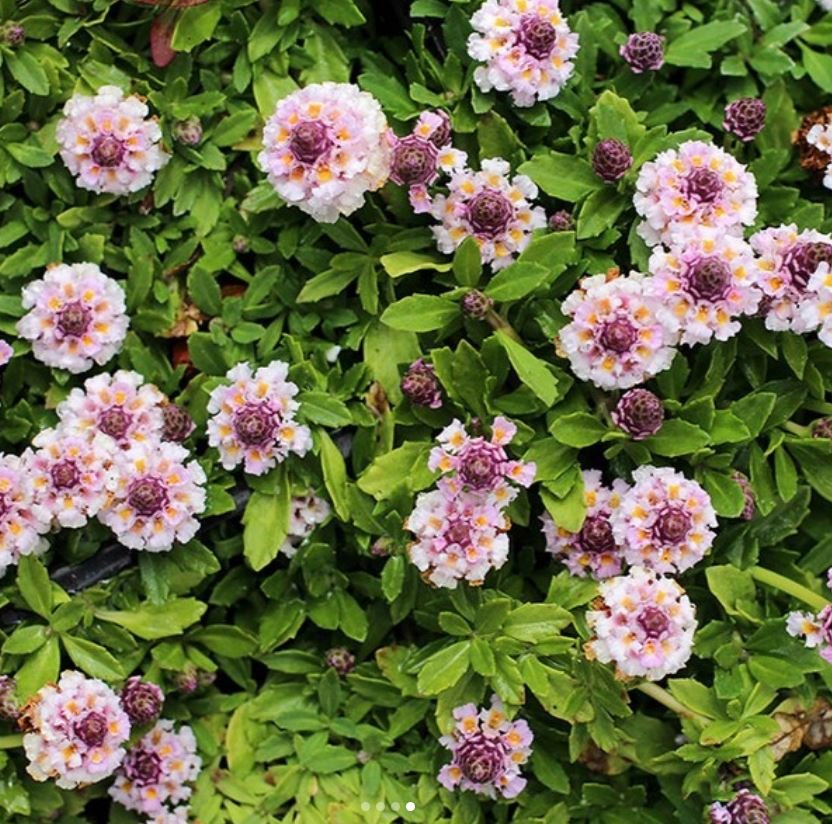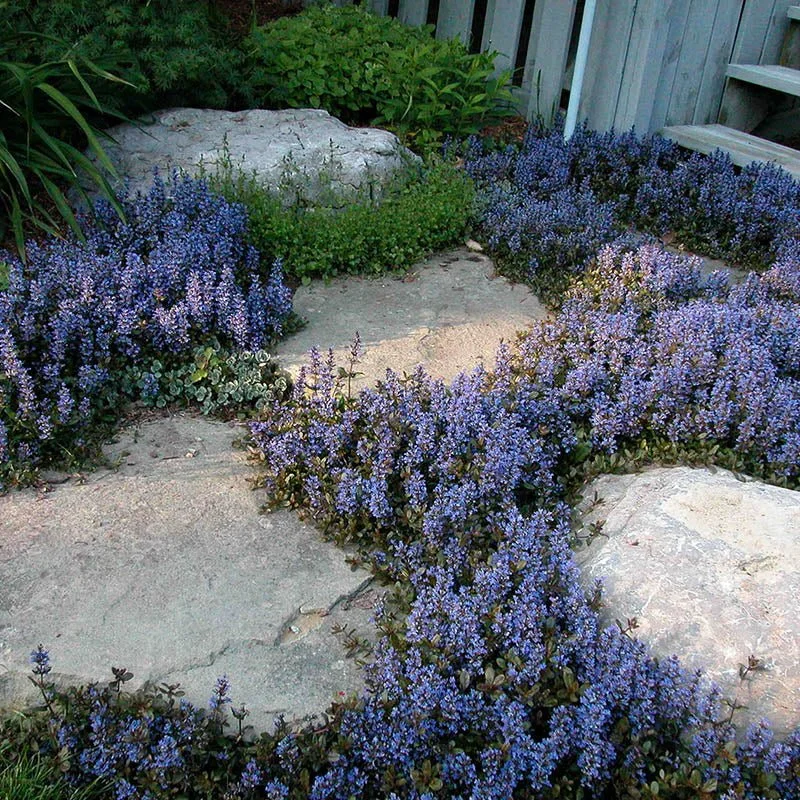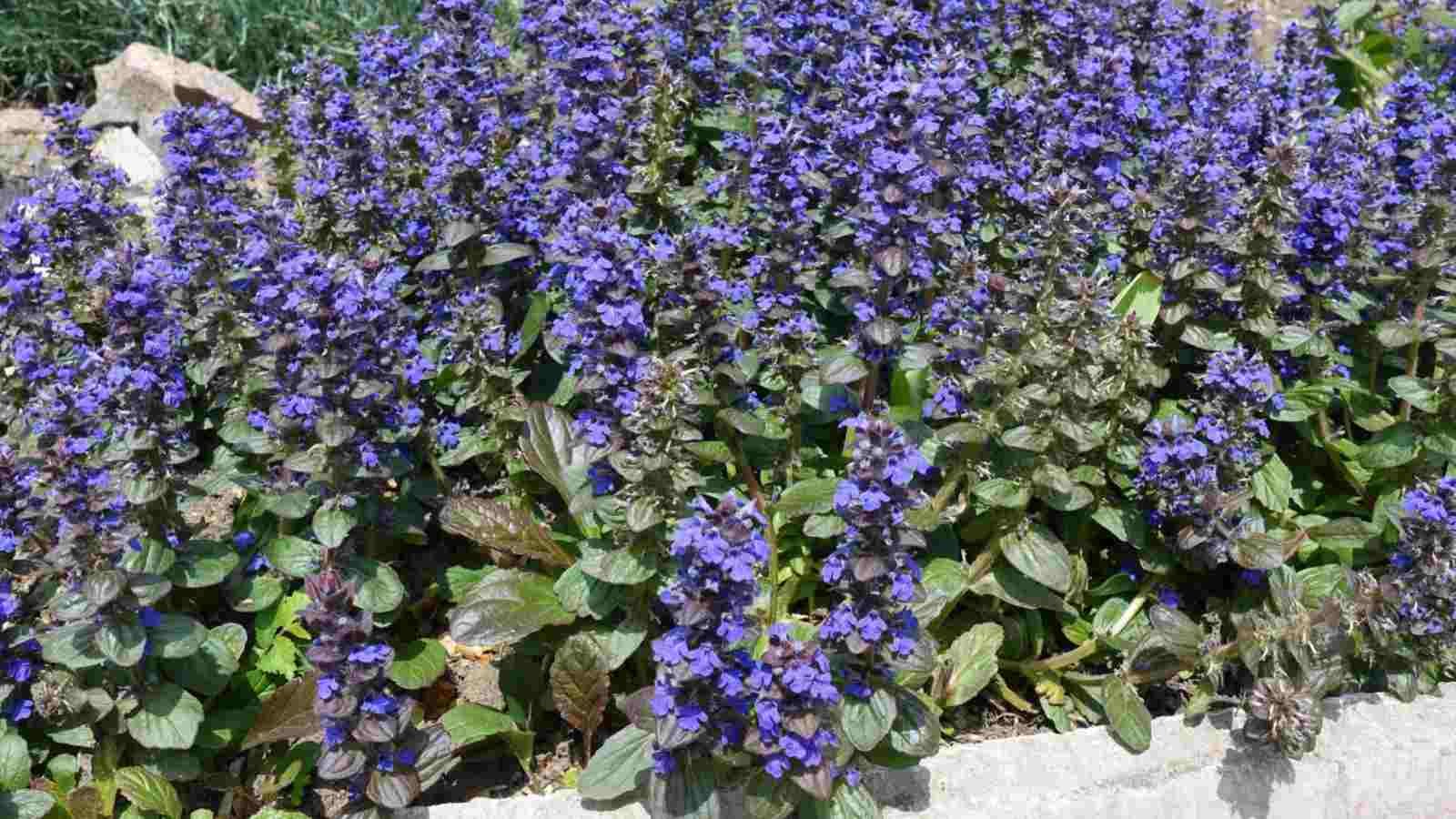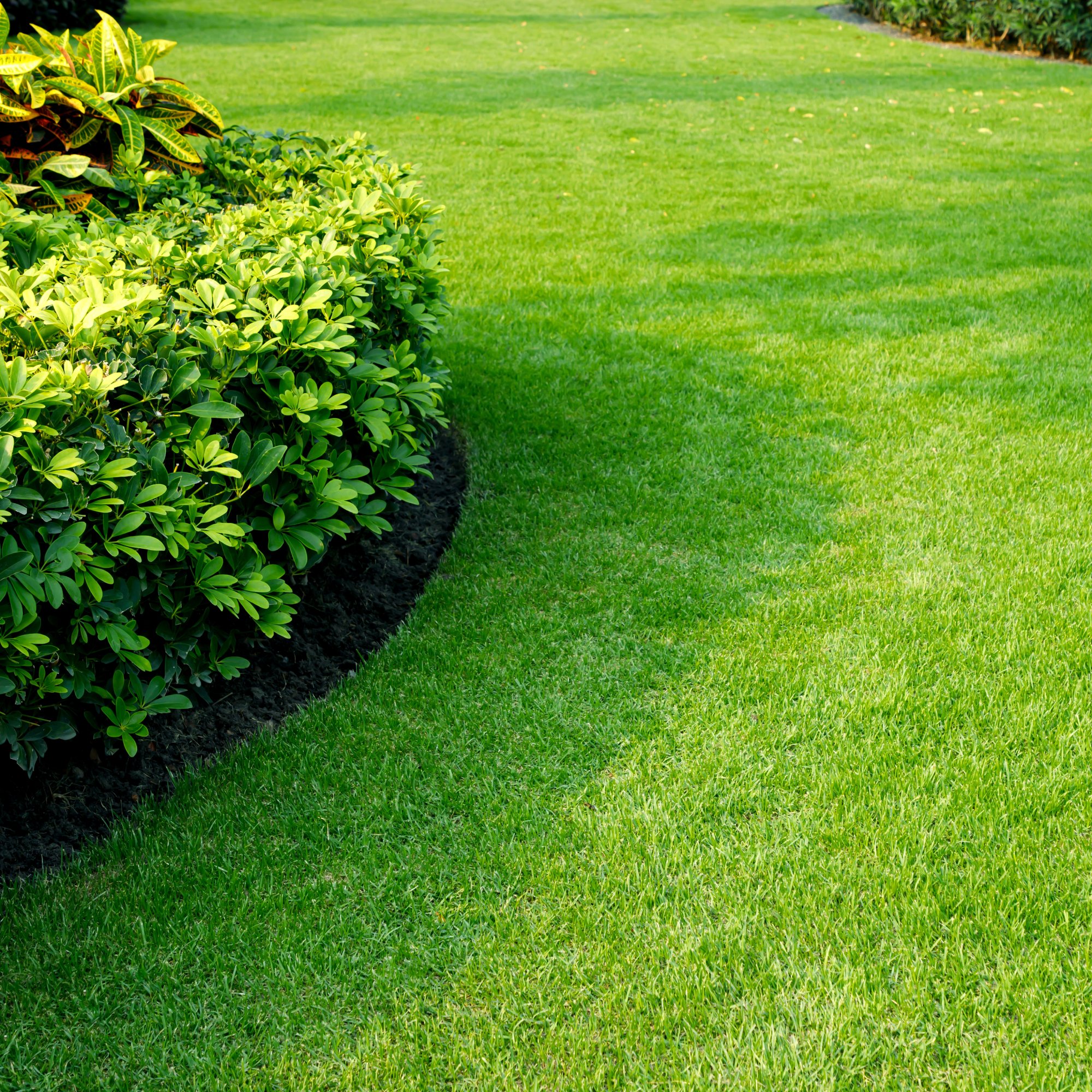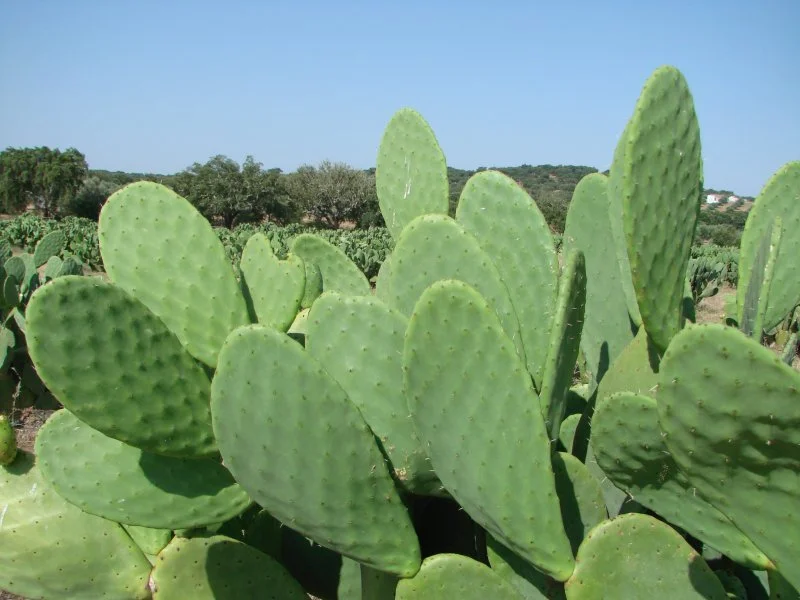10 GROUND COVERS (somewhat) SUITABLE FOR PORTUGAL
1. Silver carpet (Dymondia margaretae)
Sun/Shade: Full sun to light shade
Water: Low; drought tolerant once established
Pros
Attractive silver-grey mat, drought and heat tolerant
Tolerates moderate foot traffic, great between pavers
Cons
Slow to establish
Needs well-drained soil, poor in heavy clay.
Ecological Notes:
While not invasive in Portugal, it’s non-native and doesn’t support pollinators or biodiversity the way native options do.
Although ecological benefit is limited, it stays in place, forms neat, low mats. These dense mats can outcompete weaker native species if planted in wild or natural areas, but it tends to not spread to unwanted areas.
2. Creeping Thyme (Thymus serpyllum)
Sun/Shade: Full sun
Water: Low; drought tolerant once established
Pros
Native and highly attractive to bees, butterflies, and other pollinators
Forms a dense, aromatic mat that tolerates light foot traffic
Cons
Slow to establish from seed or cuttings
Can brown or go dormant during extended summer drought without occasional watering
Ecological Notes:
Native to Europe and well-adapted to southern Portugal’s climate. Offers excellent ecological value as a nectar source for native pollinators, especially in dry landscapes with few other floral resources.
Low-growing habit helps suppress weeds and protect soil. Best used in sunny, well-drained areas where it can thrive without irrigation or competition from aggressive species.
3. Kidney weed (Dichondra repens)
Sun/Shade: Partial shade to full sun
Water: Moderate — needs regular moisture/watering, especially in hot, dry summers.
Pros
Very soft and lush, ideal barefoot groundcover
Handles light to moderate foot traffic once established
Cons:
Not native and offers minimal ecological value to local fauna
Needs more water than most drought-tolerant species
Ecological Notes:
While not invasive in Portugal, it’s non-native and doesn’t support pollinators or biodiversity the way native options do. Best only used in human-centered spaces like patios, between pavers, or around seating areas.
4. Sea Heath (Frankenia laevis)
Sun/Shade: Full sun
Water: Very low; thrives in dry, sandy, or saline soils
Pros
Native to coastal Portugal; well-adapted to sandy and saline environments
Forms a dense, mat-like cover that helps with erosion control
Cons
Limited to light foot traffic — not suitable for walkable areas
Can be tricky to find in nurseries or seed sources
Can be a bit ‘messy’ aesthetically
Ecological Notes:
A true Portuguese native. Supports native insect life and is highly adapted to harsh conditions like wind, salt, and drought.
While its flowers are small and not highly showy, they offer value to local invertebrates. A strong ecological choice for stabilizing soil near the coast or in poor, dry soils with minimal intervention.
5. Dwarf Yarrow (Achillea crithmifolia)
Sun/Shade: Full sun to partial shade
Water: Low; drought tolerant once established
Pros
Native to the Iberian Peninsula and supports pollinators with nectar-rich flowers
Forms a dense, soft green mat that’s fairly tough and tolerant
Cons
Can look untidy or scorched in extreme summer heat without some moisture
Not very ‘low’ or ‘walkable’ - more suited to garden beds and rockeries as apposed to foot paths.
May spread beyond intended areas if not occasionally trimmed or contained
Ecological Notes:
A resilient, native groundcover with excellent ecological value. Its flowers are highly attractive to native bees and beneficial insects, and its deep roots help improve soil structure and resist erosion.
Unlike many lawn alternatives, it combines walkability with strong biodiversity benefits. Ideal for naturalistic, regenerative planting schemes in sunny, dry locations.
6. Cretan bird's-foot trefoil (Lotus creticus)
Sun/Shade: Full sun
Water: Very low; highly drought tolerant
Pros
Thrives in poor, coastal soils; salt-tolerant
Fast-growing, effective for erosion control on sandy soils
Cons
Not suited for foot traffic
Can spread aggressively in loose soils
Dies back partially in cold or wet winters
Ecological Notes:
Native to the Mediterranean basin, including southern Portugal. Supports local biodiversity, especially pollinators like bees.
Excellent choice for regenerative or native-focused planting. While vigorous, it generally stays within its bounds in dry, open conditions and helps stabilize degraded soils.
7. Turkey Tangle Frog Fruit (Phyla nodiflora )
Sun/Shade: Full sun to part shade
Water: Low to moderate; drought tolerant once established but appreciates occasional watering
Pros
Dense, fast-spreading groundcover; excellent between pavers or for lawn replacement
Tolerates light foot traffic
Long flowering season with small purple-pink flowers that attract pollinators
Cons
Can spread aggressively with irrigation or in moist soils, requires ‘edges’.
Semi-deciduous in colder or very dry conditions (can loose foliage in winter)
Ecological Notes:
Native to the Americas but naturalized in some Mediterranean regions. Provides nectar for butterflies and other pollinators. Though not native to Portugal, it offers ecological benefits in urban or degraded areas. Should only be planted around the home to avoid unintended (or unnoticed) spread, especially near watercourses or irrigated zones.
8. Bugleweed (Ajuga reptans):
Sun/Shade: Full sun to full shade (best in partial shade in hot climates)
Water: Moderate; prefers regular moisture but can tolerate short dry periods once established
Pros
Flower spikes in spring; good for pollinators
Useful in shaded areas, particularly pathways
Cons
Not drought-tolerant in full sun or hot climates without irrigation
Can spread aggressively in moist or fertile soils
Ecological Notes:
Native to Europe, including parts of Iberia. It’s flowers support bees and other small pollinators. While it spreads by runners, it generally copes well in Mediterranean climates with dry summers. Can be a good low-growing option in shady, irrigated areas but should be monitored to prevent overgrowth in wetter or fertile gardens.
9. Zoysia Lawn (Zoysia japonica)
Sun/Shade: Full sun to light shade
Water: Low to moderate; drought tolerant once established
Pros
Dense, fine-textured turf; soft underfoot
Tolerates drought, heat, and moderate foot traffic
Grows slowly—requires less mowing than most turf grasses
Cons
Slow to establish, especially from seed
Can build up thatch and be difficult to remove if replacement is needed
Turns brown in winter unless over seeded
Ecological Notes:
Non-native, originally from East Asia. Offers little ecological value does not support local pollinators or insect life. Its dense, monocultural growth can displace native groundcovers and reduce biodiversity. However, its slow growth and low maintenance needs can reduce irrigation and fertilizer use, making it a practical option for water-wise, managed landscapes if turf is needed.
10. Bermuda Grass (Cynodon dactylon)
Sun/Shade: Full sun (poor performance in shade)
Water: Low; drought tolerant once established
Pros
Tough, fast-growing turf that handles high foot traffic
Excellent drought and heat tolerance
Recovers quickly from damage; ideal for sports or play areas
Cons
Turns brown and dormant in winter unless over seeded
Can spread into garden beds and neighbouring areas
Requires frequent mowing and edging during active growth
Ecological Notes:
Non - native, originally from Africa, yet widely naturalized. Provides minimal ecological benefit - does not support pollinators or native insect life. Its aggressive growth can outcompete native species if allowed to spread beyond lawn boundaries. Best used in controlled, high-use areas where a durable, low-water turf is needed, but not recommended near natural habitats.

